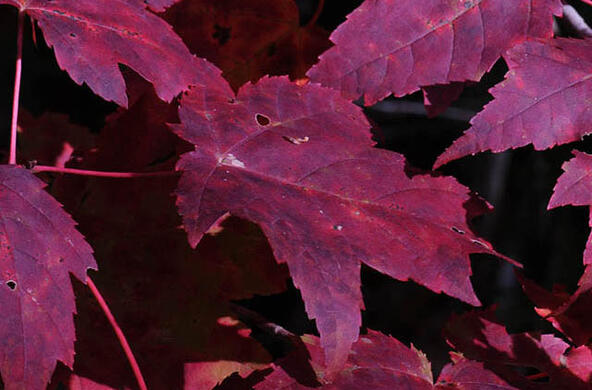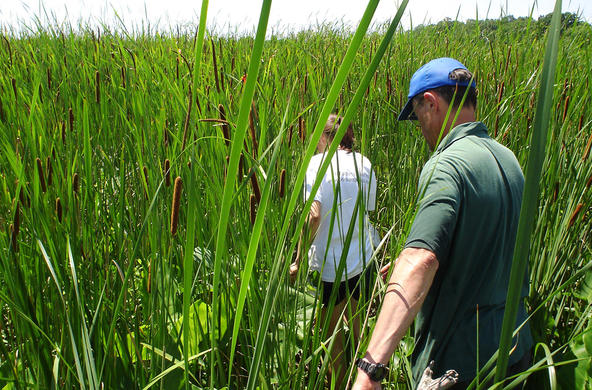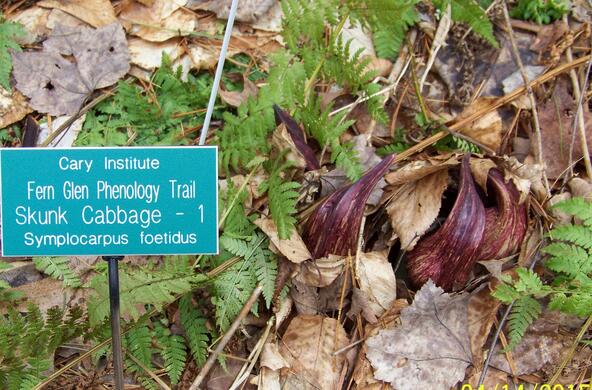Objectives
Students will explore where water exists inside and outside of their school and create a class bar graph of their data.
Overview
Rating:
Student begin by predicting where water is in their school and how many toilets, water fountains and and sinks are in the building. They then break up into small groups and tally the number of "water places" and then build a large, class bar graph. Students can also conduct the same protocol outside and look at where water exists in the schoolyard.
Materials
- Tally sheets for each pair of students
- Clipboards and pencil for each pair of students
- Lamianted icons representing where water is found in the school (water fountain, toilet, sink, and dishwasher) and schoolyard (puddle, storm drain, moist or muddy area).
- One poster-size sheet with columns for each icon.
Procedure
- Question and Predictions. Begin by telling the children that our scientific question of the day is “Where is the water in our school”? Ask them to come up with all the places they find water in the school, and then ask them to make a prediction of how many toilets, sinks, water fountains and dishwashers are in the school. Explain that scientists always make some sort of prediction before collecting information, so they should make a real prediction, not just choose their favorite number or the biggest number they know! Write their predictions on the top of each column on the poster-size tally sheet.
- Data Collection. Each pair of students receives one tally sheet and a clipboard. Review how to make tally marks and importance of taking honest data. In other words, they should only make a tally if they are saw the toilet (or water fountain, or sink or dishwasher). Divide the class into 2 or 3 groups, with one adult per group, and then assign an area of the school to each group. You may want to warn the faculty and staff that groups of Kindergarteners will be walking the school collecting data!
- Build a Class Bar Graph. Give each group the number of laminated icons that correspond to their tally marks and ask them to tape the icons on the large tally sheet. You can ask them to start at the bottom, so that they make an accurate bar graph. When the bar graph is complete show them how easy it is to “read” the graph and find out how what is most and least abundant in the school. Then, as a group, count the number of each icon and write that number next to their predictions. Discuss with them the accuracy of their predictions (why did they think there was more or less of some of the items?)
Schoolyard version
Asking the same questions and using the same methods in a new context, leads to new answers! Use the same outlined above, but ask them to think about where water can be found in the schoolyard (you may come up with more water sources than those mentioned in this lesson plan). If this can be done after a rain, students can hunt for puddles! This version of the lesson builds on the ability to collect data, build a bar graph and become aware of the water in their world. However, it also allows for the opportunity to think about where water comes from and where it goes; the fundamental ideas of the watershed concept. While looking at water outside ask questions like: Where does the water that flows down the drain go? Why is there a puddle here and not over there? Why is this puddle smaller than that puddle? Is this spot always muddy? What places have the most snow or ice in the winter?
Resources
Lesson Files
pdf
Icons







































































